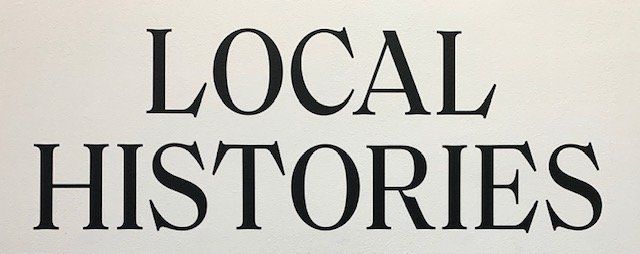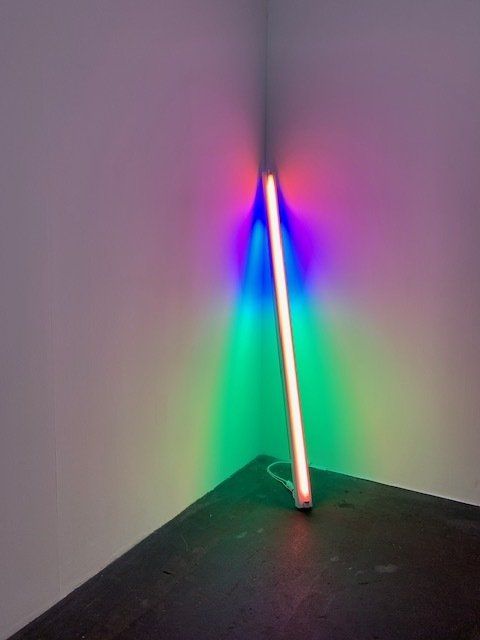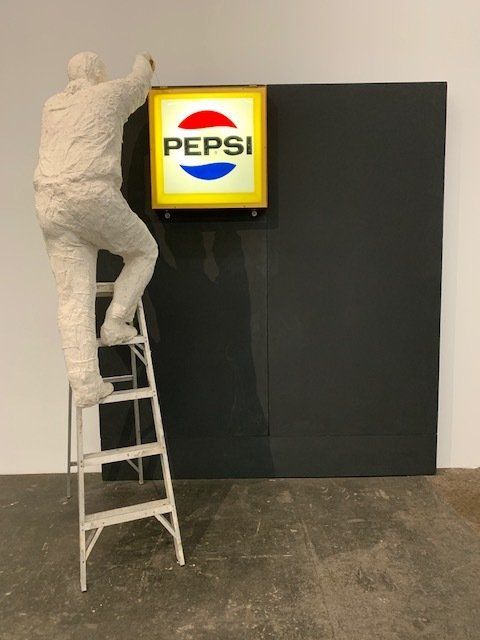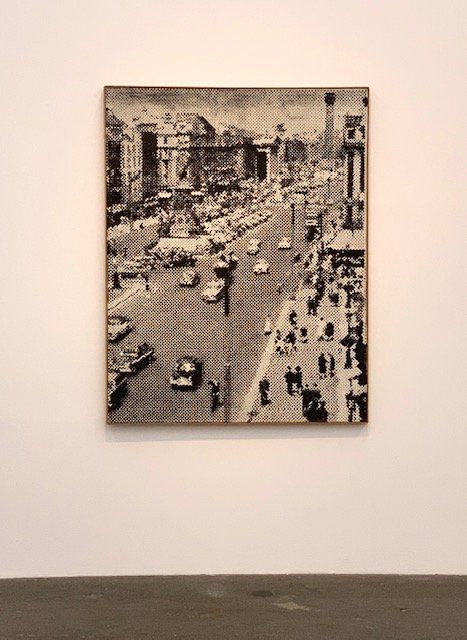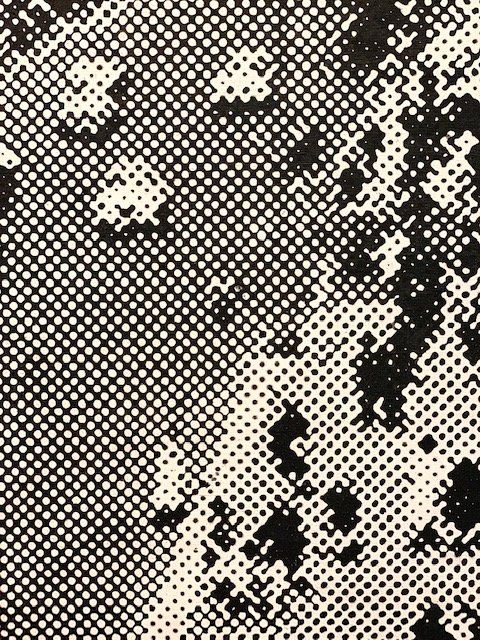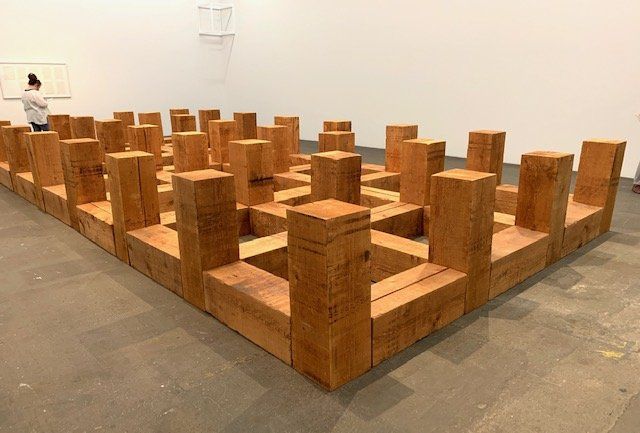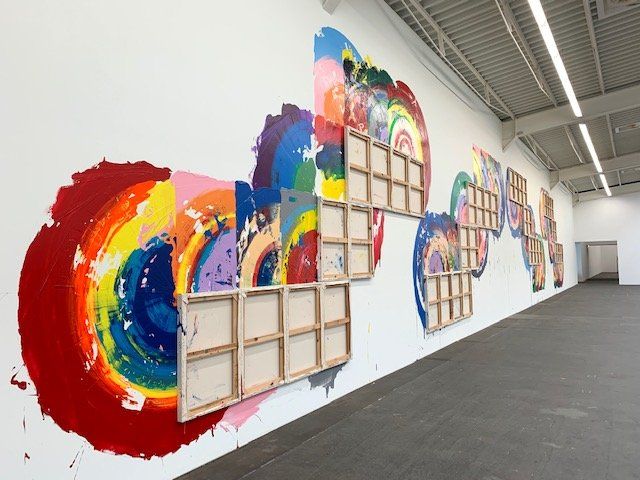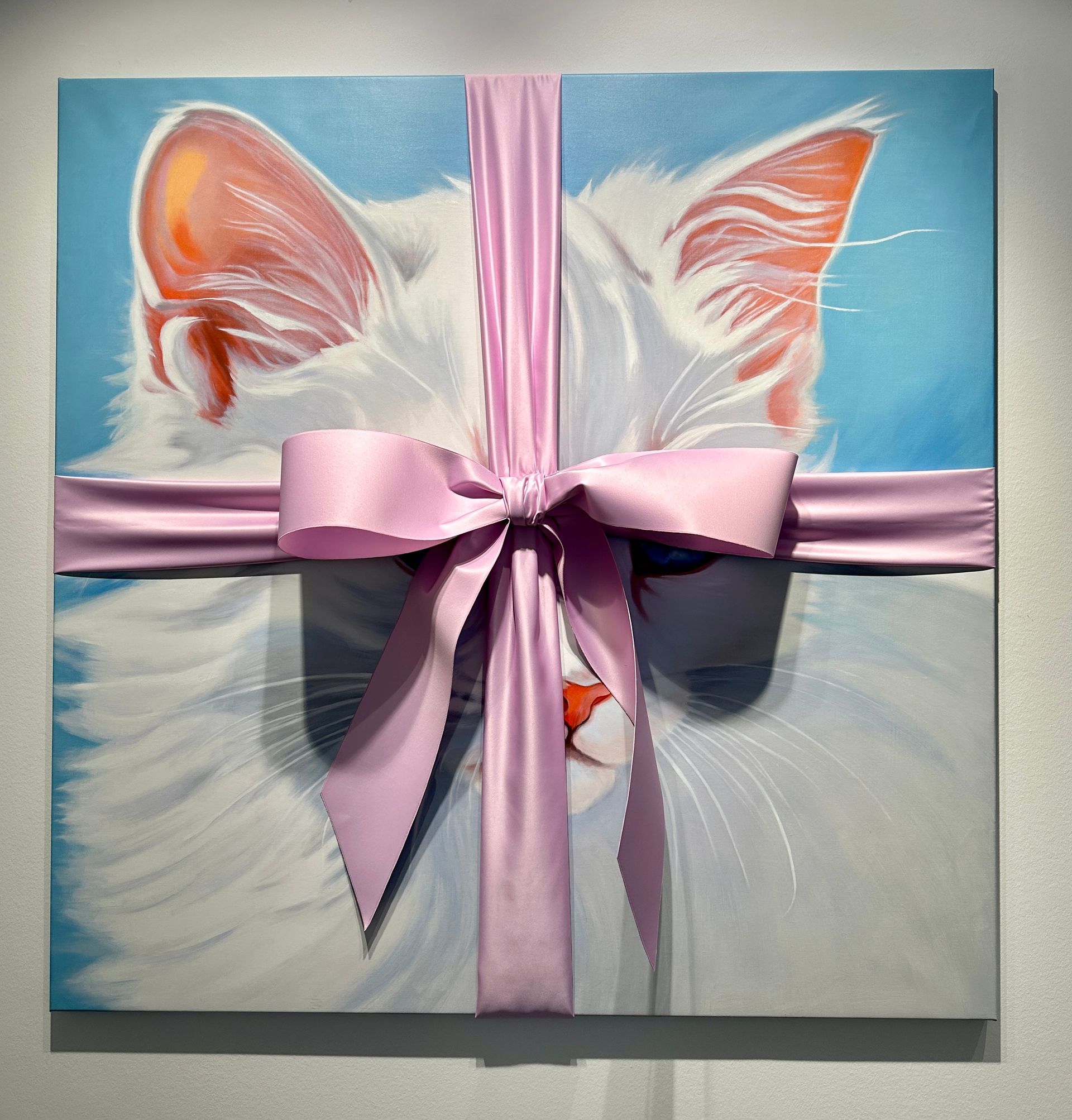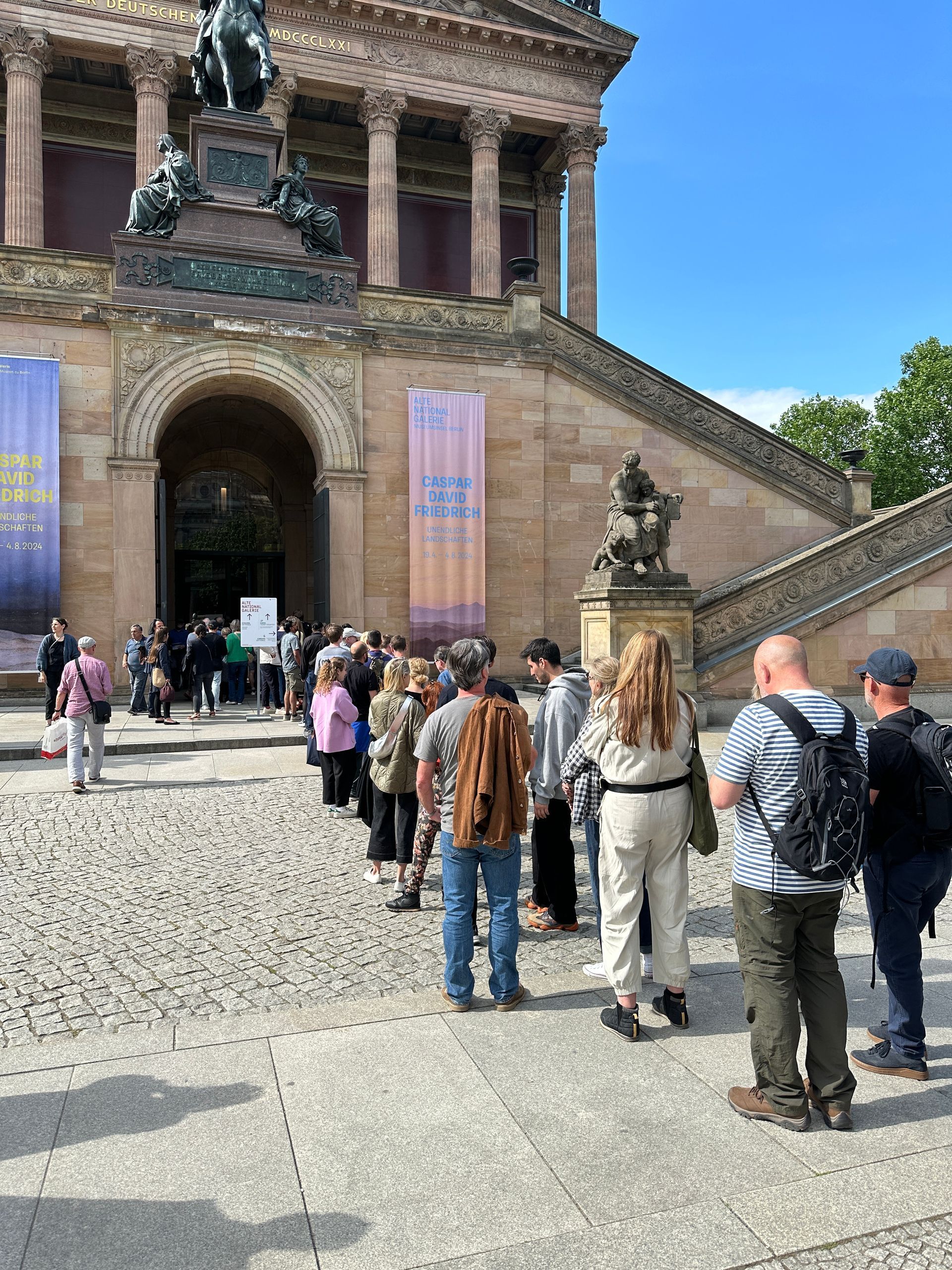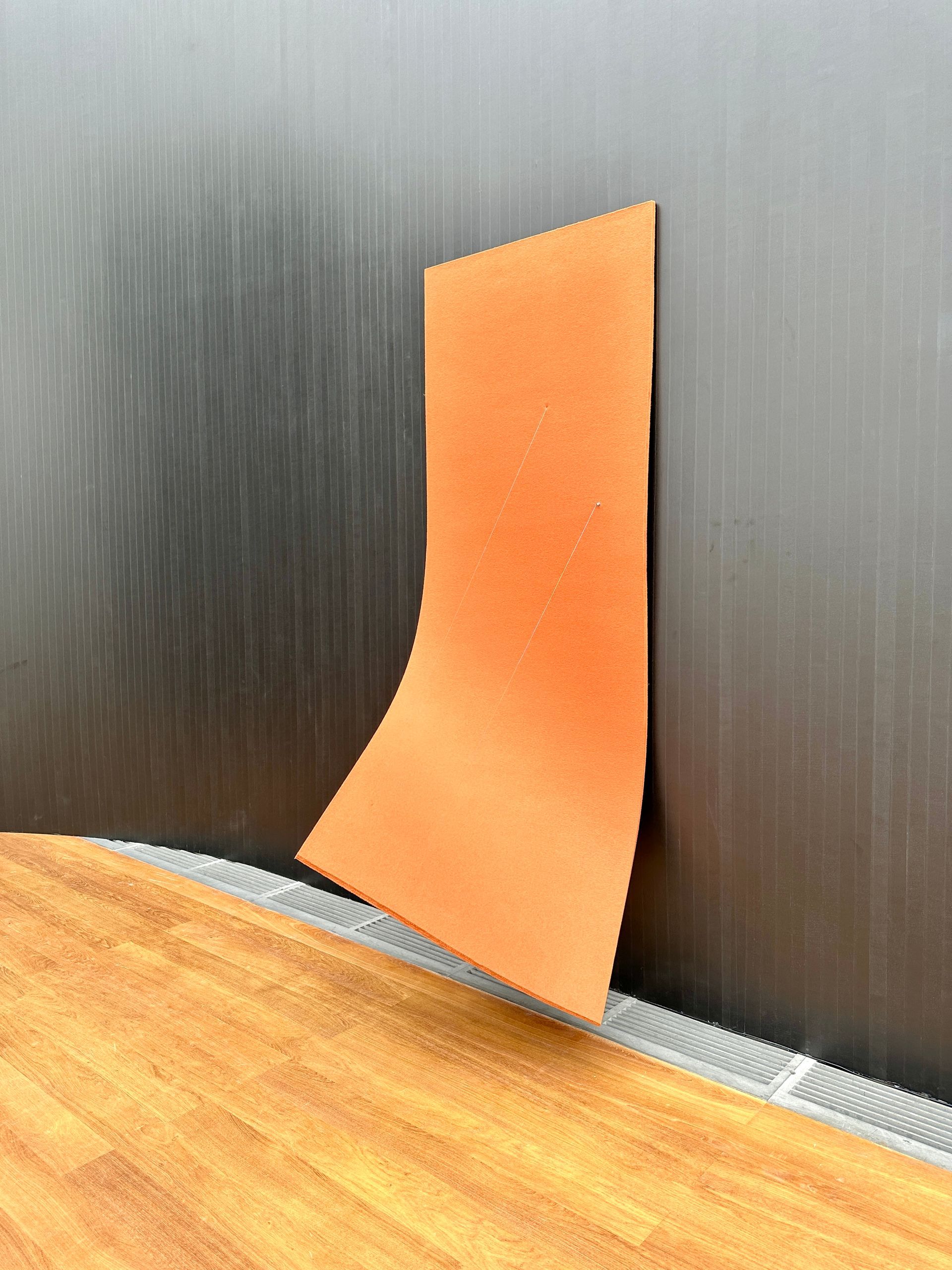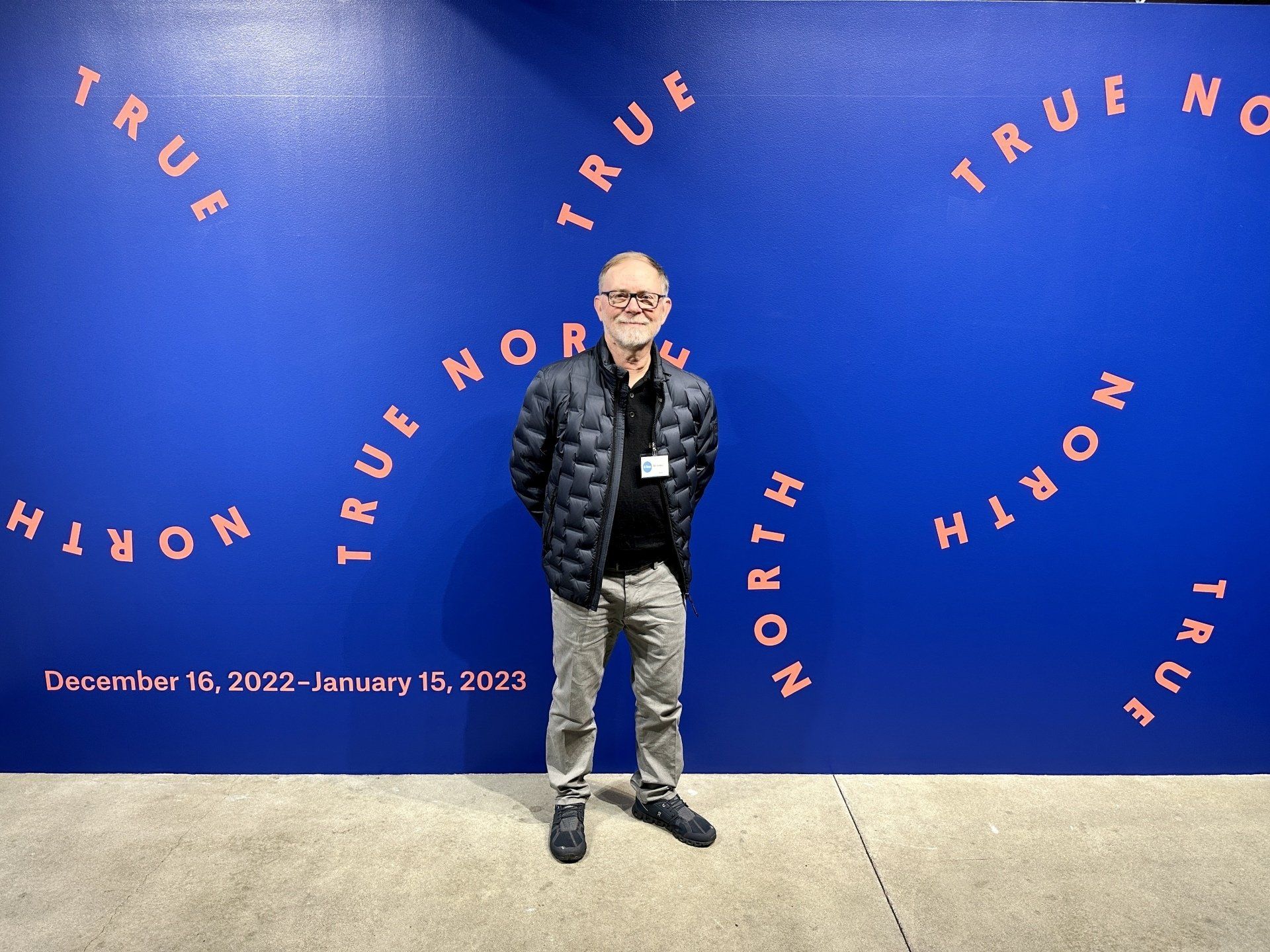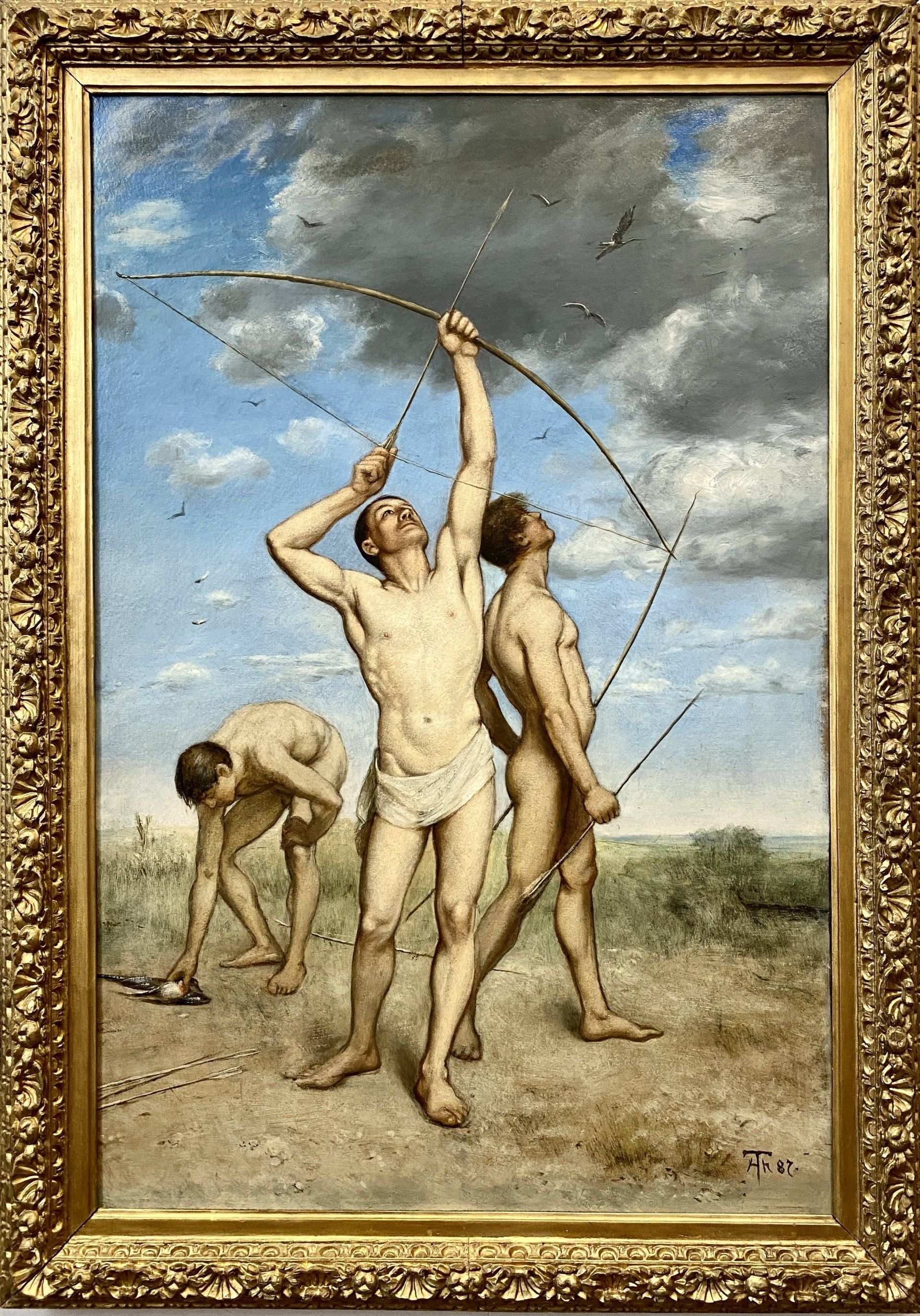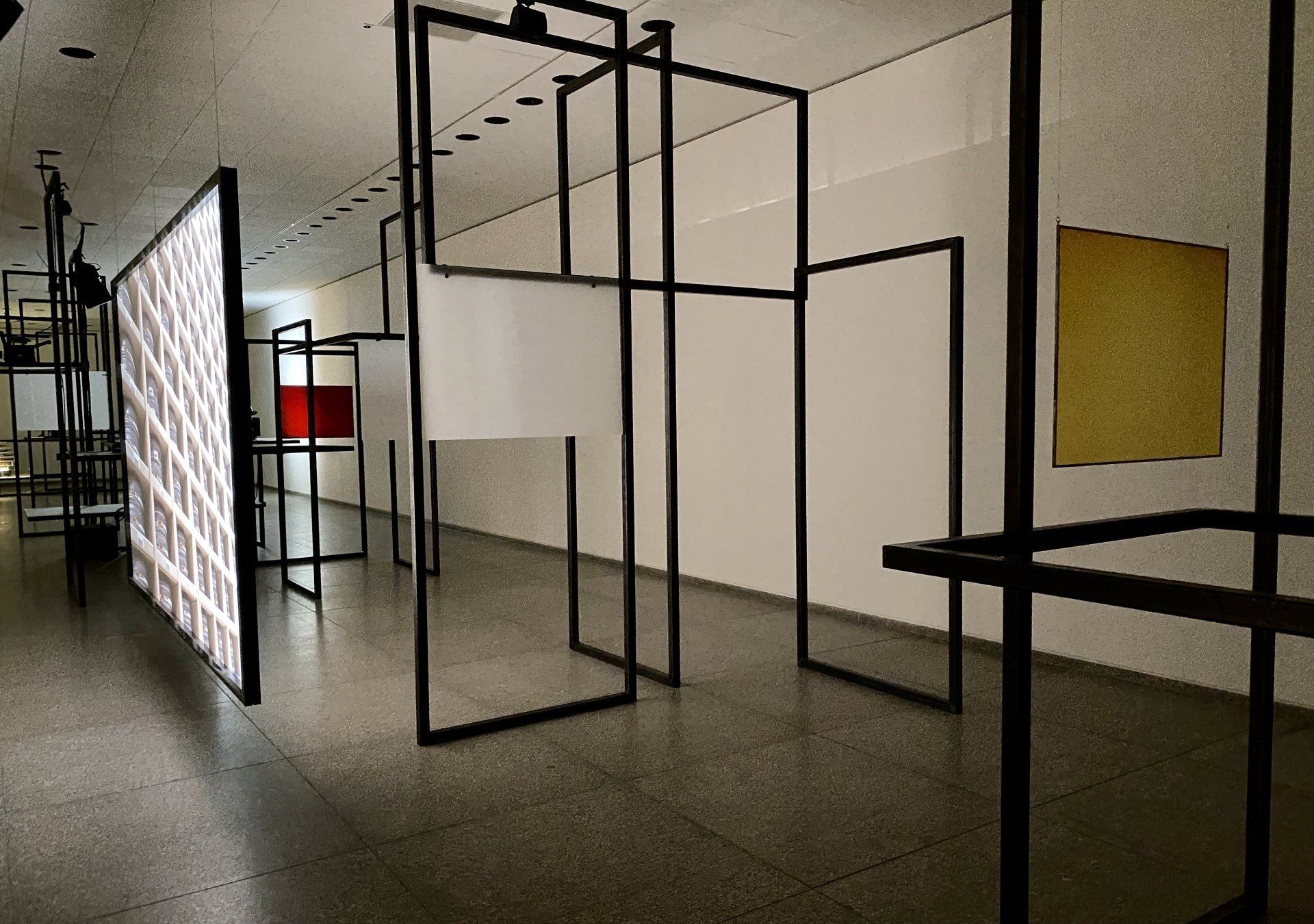What did artists do after Jackson Pollock?
The exhibit, “Local Histories” at Hamburger Bahnhof in Berlin, explores what artists were doing after abstract expressionism had peaked with the work of Jackson Pollock. Onward they moved to minimalism, pop art, conceptual art, and happenings.
This show, representing 36 artists, includes a wide-ranging compilation from the holdings of Hamburger Bahnhof, the Nationalgalerie, and works on loan from private collections.
The new curatorial style for museum shows is to juxtapose art or objects from disparate cultures, eras, and locations. This forces the viewing public to make connective bridges between pieces and more importantly, encourages viewers to approach the work with a fresh mindset. Although “Local Histories” is divided into chapters, including “The Architecture as Body,” “Living with Pop,” and “Abstract Expressionism is Dead,” those groupings position work from different times and places in shared spaces. I really like this new way of arranging shows. It feels much less passive than the “old school,” Victorian museum model, and it works well for this exhibit.
Here are some of my favorite pieces in the show:
“Big E” by John Chamberlain, 1962
It seems like I’ve seen a lot of “wrecked and wrapped” crashed-car sculptures. Maybe they were all John Chamberlain pieces? In any case, this one is very cool – the car remnants were folded like a soft origami. A metaphor for brittle vs. malleable - or violence vs. peace.
“Untitled 1976” by Dan Flavin
I had to include this Dan Flavin as one of my favorites, because, well, I really like Dan Flavin. Why? Because his art is very much about “being there.” In fact, I don’t see how you can represent Dan Flavin’s work with a photograph. It permeates and takes over whatever space it’s in, so the space becomes the work. I found this piece “kind” and inclusive, not preachy.
“Man Installing Pepsi Sign” by George Segal, 1973
Segal mixes pop art, classicism, and conceptual art together. Also addressing politics, economics and mortality. He leaves many doors open, and how you read his work largely depends on your own personal way of framing life.
“Dublin” by Sigmar Polke, 1968
You can view this as a picture of Dublin - from a distance of 50 feet, or from a normal viewing distance of 5 – 20 feet, see it as a hound-tooth pattern. It’s a demonstration of how abstraction can be more satisfying than realism. When you get far enough away to see the picture of the trafficked boulevard, it’s just a picture of a trafficked boulevard. When you get within normal viewing range, it’s a visual adventure.
“07515 Karlsplatz” by Carl Andre, 1992
This piece combines the purity of mathematics with the organic warmth of wood. Weaving together intellect/analysis with the emotional/mystical qualities of wood. No conflict between the two sides of the brain here. Everything is one with this piece. I think it is very beautiful! The piece reminded me of the transition I went through when I moved from thinking Mozart was cold and unfeeling, to recognizing the warmth and humanity in his music. It’s interesting how our perceptions can change. I think it’s important to remain open to music, art and architecture that we haven’t gotten used to. There may be something there worth unearthing.
Untitled (Wall Painting) by Richard Jackson, 1988/2006
Had to include this as one on my favorite pieces in the show, partly because Richard Jackson is from my hometown, Sacramento, and partly because as goofy as it is – it works for me! Jackson loaded up canvases and used them as “brushes” to smear these paint patterns on the wall. The piece is very expansive, physical, and kind of hyper-masculine. Speaking of gender though, it also alludes to the “feminine arts” of pattern and decorative work: quilting, rosemaling, and crochet. Well, I may be a little out there on that analysis, but it does come to mind for me. In any case, the piece also has a sarcastic, bratty-ness that adds spice to the mix. It kept my attention for quite a while.
This is a show very much worth seeing. Not every piece is a life-changer, but a thoughtful walk through “Local Histories” is a fascinating short course in life after abstract expressionism.
“Local Histories” will be at Hamburger Bahnhof through September 29, 2019.

